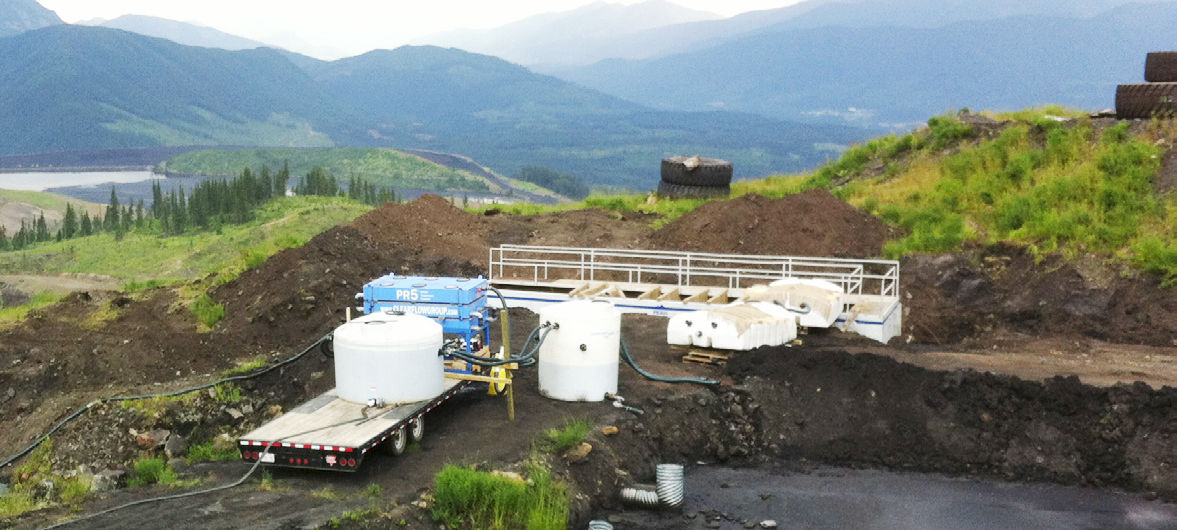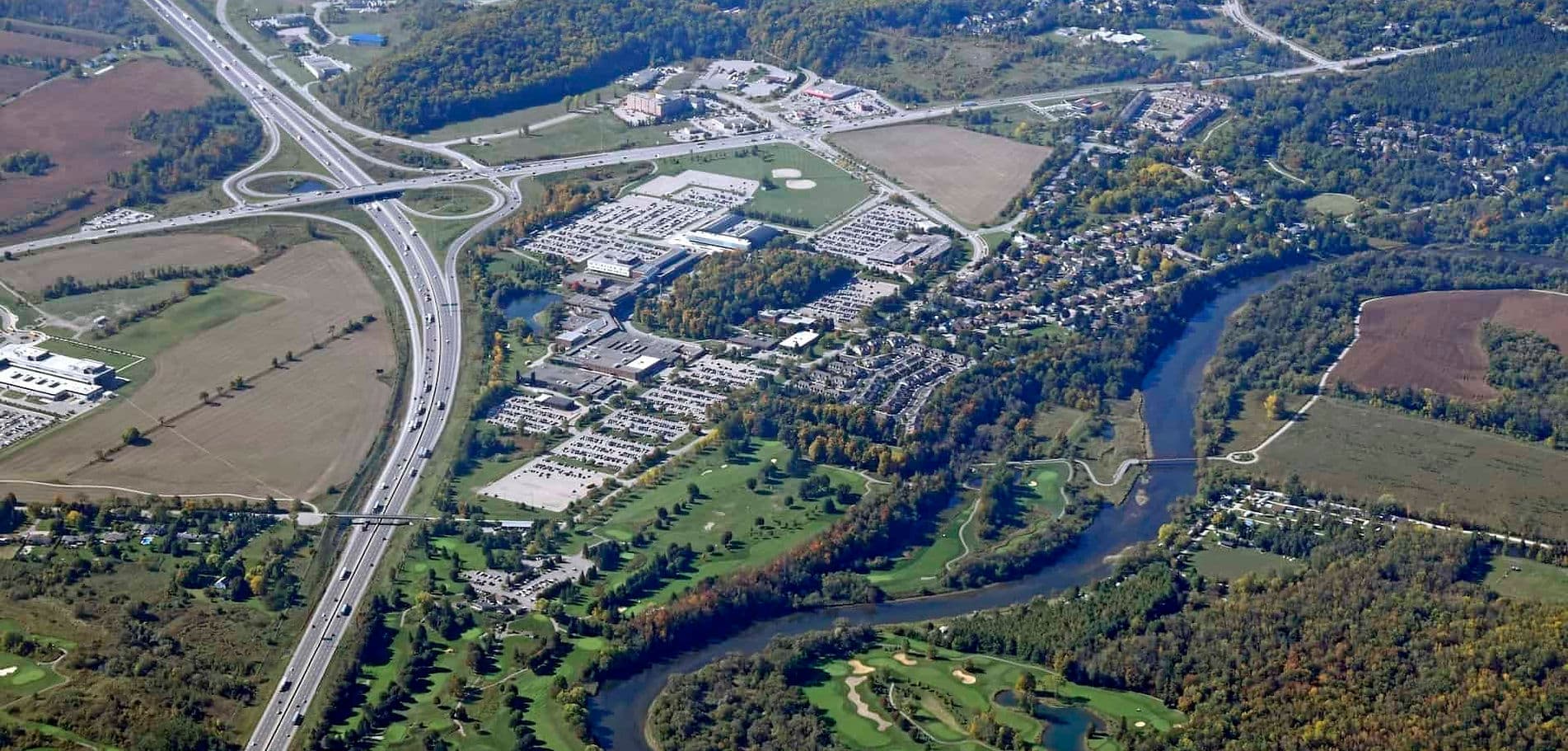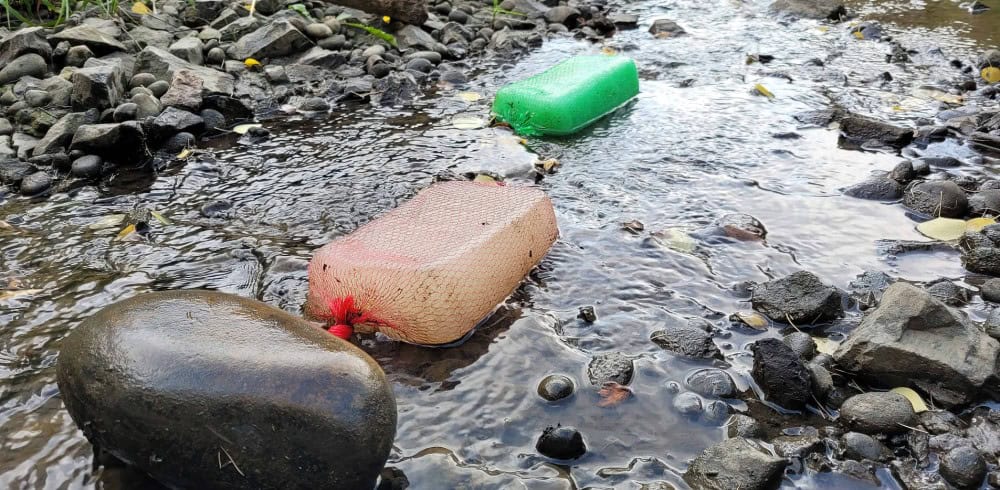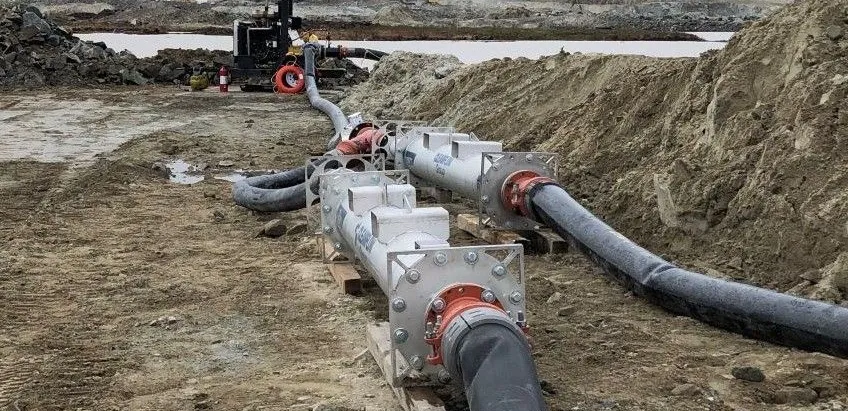Metallurgic Coal Mine Water Challenge
Clearflow was brought in to address a critical challenge at a coal mine with limited access to potable water. The Coal mine needed water treatment to maintain a certain level of stored water for fire suppression, a safety requirement, but was relying heavily on scarce potable water. To resolve this, Clearflow was tasked with finding a way to treat and reuse on-site water, reducing the demand for potable water.
Clearflow identified a suitable water source on-site and conducted tests to determine the optimal treatment process. The solution involved using Clearflow’s patented PR5 System (GFR Water Treatment Systems), along with their 360 and 494 Gel Flocculant Blocks, which were deemed the most effective and cost-efficient methods for removing solids from the water.
With this system in place, the mine achieved several key benefits:
- Treated up to 250 gallons (0.94 cubic meters) per minute, providing a reliable source of water for fire suppression.
- Completely eliminated the need for potable water in fire suppression, conserving this vital resource.
- Recycled nearly 90% of the water from equipment wash bays, further reducing water waste.
- Ensured a continuous supply of fire suppressant water, eliminating the risk of running out of potable water.
- Saved significant costs by reducing the need for hauling water during low supply periods.
- Avoided shutting off secondary areas of the plant from potable water, ensuring uninterrupted operations.
Clearflow’s solution not only met the coal mine’s fire suppression water treatment needs but also significantly advanced its sustainability efforts. By maximizing on-site water reuse, the mine minimized its reliance on scarce potable water resources, reducing environmental impact. Additionally, the system’s efficiency led to substantial cost savings, further enhancing operational sustainability. This innovative approach ensured the mine could uphold essential safety standards without compromising its water supply, all while promoting responsible water management practices that align with broader environmental goals.





